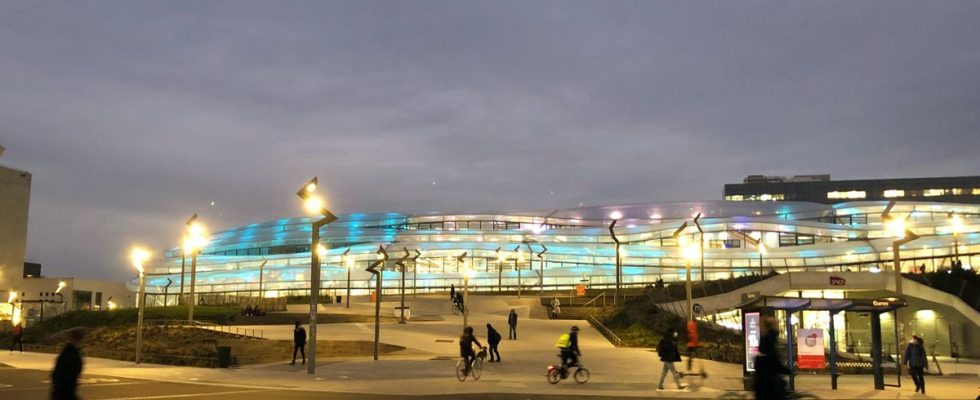It’s a “small project” worth fifteen million euros. In the railway sector, the amount of investment would almost make you smile as it seems so insignificant. For comparison, the development of high-speed lines linking Paris to Bordeaux and Rennes cost 7 billion and 3.5 billion euros respectively. So when the SNCF can complete a large-scale project for a few million, it does not deprive itself of it. This project called 2TMV for “2 trains on the same track” has just been put into service in Rennes with convincing results. Without expanding the station or affecting the platforms, SNCF Réseau claims to have increased traffic capacity by 30% in a brand new station but which has already reached saturation. “Next September, 24 additional TERs will be able to be deployed every day,” says the president of the Brittany region Loïg Chesnais-Girard. Over a week, this will make around 120 more trains. Not negligible.
While the use of regional trains is exploding all over France, giving rise to crowds in crowded trains, the Rennes initiative is obviously attracting curious people. During his visit, the Minister of Transport Clément Beaune praised “a magnificent ecological project”. Asked about the opportunity to develop it elsewhere, the minister replied “working on it”. “This solution will be useful to others,” promised the minister. But we might as well be frank: it won’t be able to adapt everywhere. Because to be fully effective, the system of two trains on the same track must be set up in “crossing and crossing” stations. For all “terminus” type facilities such as Parisian stations but also that of Lille-Flandres and Lyon Part-Dieu, the implementation of this system is more complicated. “There is no contraindication to them implementing it, but it will be less relevant,” warns Maxime Boisson, who is leading the Rennes project for SNCF Réseau.
For the 2TMV system to work well, you need a station that “crosses but not too much”, specifies the engineer with a small smile. Let’s take the example of Rennes. On track 5, you can now park a TER coming from Saint-Malo and another coming from Vitré simultaneously, without the risk of them colliding or obstructing each other. Because once they arrive in the Breton capital, these trains systematically turn around. This is also the case in Annemasse, in Haute-Savoie, where the system will be adopted in the coming weeks, in conjunction with Geneva and Switzerland. “We have other thoughts in Nantes, Angers and Grenoble,” assures Matthieu Chabanel, president of SNCF Réseau. Elsewhere, projects seem less advanced, often for technical reasons.
And how does it work ?
To implement this system, the SNCF did not have to carry out major civil engineering work or create new tracks. In Rennes, the bulk of the work undertaken five years ago mainly consisted of adapting the software managing the entry and exit of trains at the station. A “super brain” which had to be completely reprogrammed to take into account the new signals installed in the middle of the tracks to mark the separation.
The SNCF also had to create new signage for its drivers and train them. “It’s been forty years since we last touched the signage,” laughs the boss of SNCF Réseau. Portals spanning the tracks had to be built to carry the traffic lights. For travelers, this won’t change much. “Only the positioning of the train is different. They will sometimes have to walk a little further,” warns Maxime Boisson. Rennes has wiped the plaster, the others will just have to copy everything. Provided that their station is suitable.

